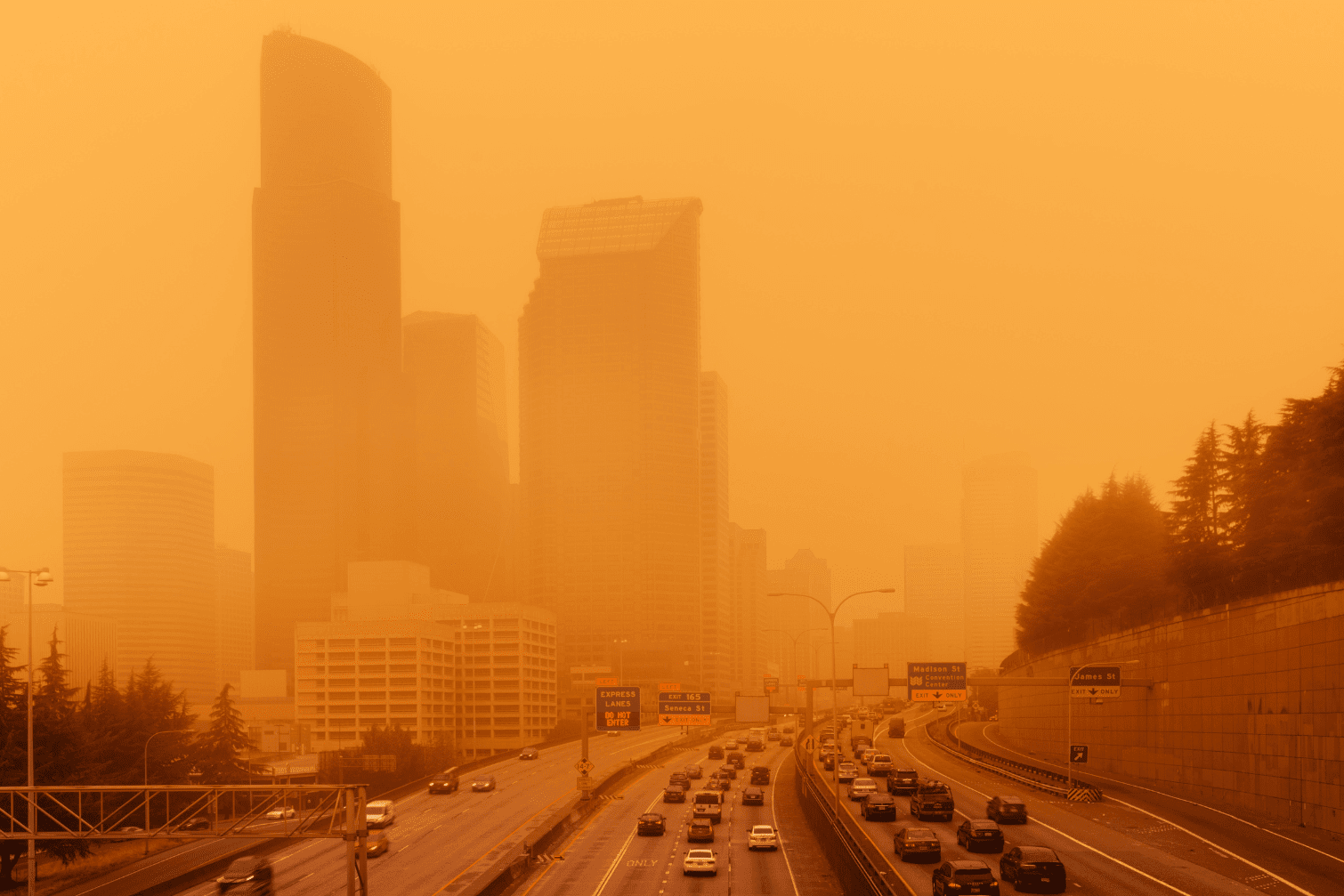In the comfort of your own home, you expect to breathe clean, safe air. However, the recent wildfires have introduced a new concern: the quality of the air inside your home.
Wildfires have been raging across the country, leaving a trail of destruction in their wake. But their impact extends beyond the charred landscapes. They have significantly degraded our air quality, both outdoors and indoors. According to the Environmental Protection Agency, the smoke from these wildfires, laden with particulate matter and harmful gases, doesn’t stop at our doorstep. It infiltrates our homes, affecting our indoor air quality.
This is not just an environmental issue; it’s a personal health concern. Poor indoor air quality can affect your health and the health of your loved ones, leading to respiratory issues and other health problems. In the short term, this can disrupt your daily life and well-being. In the long term, it can have serious health implications.
As a health-conscious individual or an environmental enthusiast, understanding the impact of wildfire smoke on indoor air quality is crucial. It empowers you to take proactive steps to protect your indoor environment, ensuring the air you and your family breathe at home is clean and safe. This knowledge is not just important now, during wildfire season, but it’s also crucial for the future as we navigate the increasing frequency and intensity of wildfires due to climate change.
The Journey of Wildfire Smoke
Wildfire smoke is insidious. It seeps into our homes through windows, doors, and even tiny cracks. This significantly affects our indoor air quality.
The smoke carries with it a host of pollutants.
These include fine particulate matter (PM2.5), carbon monoxide, and volatile organic compounds (VOCs). All of these can have detrimental effects on our health.
A study by the National Institute of Environmental Health Sciences found that indoor PM2.5 levels can increase by up to 70% during wildfire events.
Health Risks
The health risks associated with poor indoor air quality due to wildfire smoke are numerous.
Short-term exposure can lead to:
- Eye irritation
- Respiratory distress
- Exacerbation of asthma and other respiratory conditions
Long-term exposure can lead to more serious health issues. These include heart disease and respiratory illness.
Dr. John Balmes, a professor of medicine at the University of California, San Francisco, warns that ‘exposure to high levels of PM2.5 from wildfire smoke can lead to both immediate and long-term health problems.’
Wildfire Smoke Mitigation Strategies
Protecting our indoor air quality during wildfire season may seem like a daunting task. However, there are several strategies we can employ to mitigate the impact.
- Air purifiers equipped with HEPA filters can effectively filter out the fine particulate matter present in wildfire smoke.
- Ensuring proper ventilation in our homes can also help to reduce the concentration of indoor pollutants.
However, during wildfire season, it’s important to monitor the outdoor air quality before deciding to ventilate.
Securing Your Indoor Sanctuary: Breathe Easy in a World of Wildfires
The impact of wildfire smoke on our indoor air quality is a serious concern, especially with the increasing frequency and intensity of wildfires. However, by understanding the risks and taking proactive steps, we can protect our indoor environment. This ensures the air we breathe at home is clean and safe.
But the journey doesn’t stop here. As homeowners, health-conscious individuals, and environmental enthusiasts, we must continue to educate ourselves and stay informed about the latest research and advancements in indoor air quality management.
If you found this article helpful and want to learn more about how to protect your indoor air quality, we invite you to explore our other resources. We have a wealth of information designed to help you create a healthier, safer indoor environment.
Remember, your home is your sanctuary, and you have the power to protect it. Don’t let wildfire smoke compromise the air you breathe. Take action today.
Ready to breathe easier? Contact us for more information on how to improve your indoor air quality.




